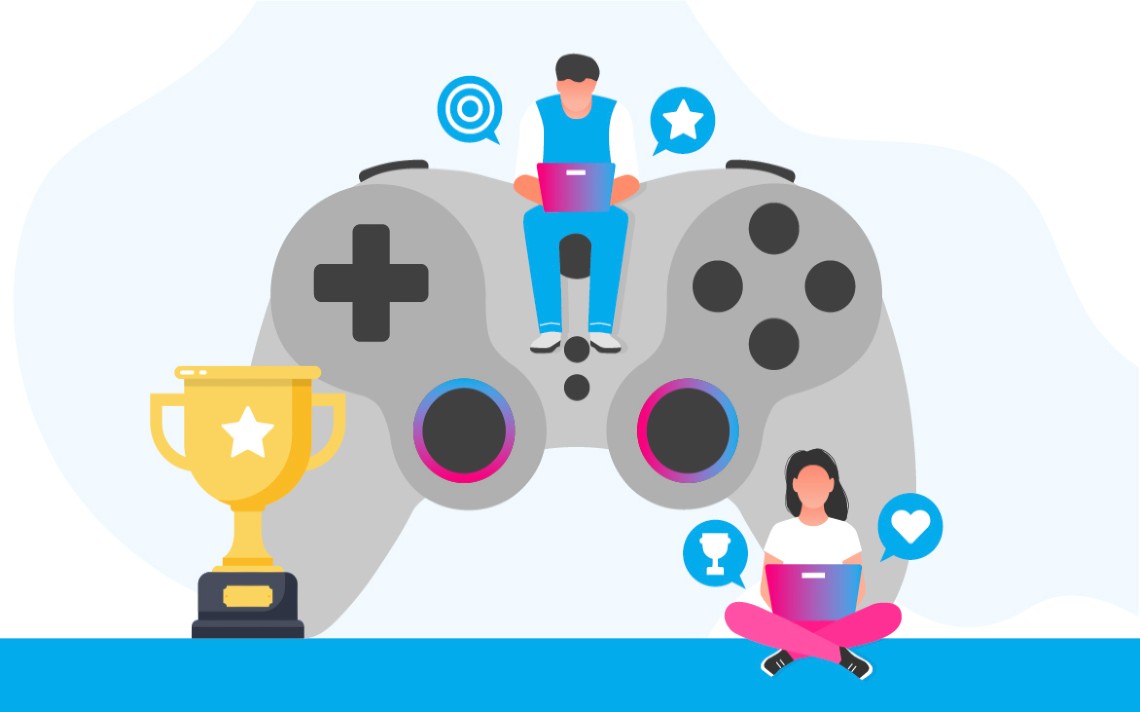
We’ve had an increasing number of requests in the past few years to build gamification into our projects – for a wide variety of project types, from internal communication and training to medical education to branded promotional activities. But, what makes an activity gamified? And, does gamification actually improve its effectiveness?
Gamification is defined (e.g. by Wikipedia) as a strategy to enhance an activity by applying game mechanics to it. It stems from the observation that gamers (myself among them) will often play a game for hours just to reach the next level, beat that lap time, or get on the high-score table. If medical education could be just as fun/marginally addictive, wouldn’t it be more effective, and make HCPs more likely to participate and to complete it?
Well, given we work in an empirical industry, you’ll not be surprised to learn there have been studies of the effectiveness of gamification, even RCTs and systematic reviews. And while perhaps not all the publications describe approaches that would pass muster at the FDA, there is good evidence that it does indeed improve engagement, knowledge, and retention.
So, what elements from games can be incorporated into activities? There are many, but they all try to engender a sense of achievement, of progress, of bettering the computer or your peers. Things like points, badges, leaderboards, objectives to strive for, times to beat. Gamification is intended to make activities like medical education that are arduous – boring sometimes! – more engaging, more fun, in order to help participants do them and finish them.
Actually building these things into educational or training activities can be harder than it sounds. And not all projects are appropriate to be gamified. Take a typical booth activity: a knowledge quiz about a product or therapy area. This is not gamified education, it’s just a game. Participants are unlikely to learn much from the questions. There’s no impetus to have ‘just one more go!’. We’ve also made many activities, include booth quizzes, game shows, even a case-based physical board game, that were games, but still effective in achieving their objectives without being ‘gamified.’
So next time you write an RFP for a project and include gamification as a requirement, first ask yourself what you’re trying to achieve, whether gamification is really right for the activity (whether in fact what you’re asking for is just a game). And, please send the RFP our way!
Contact me directly at alana.zdinak@asandk.com